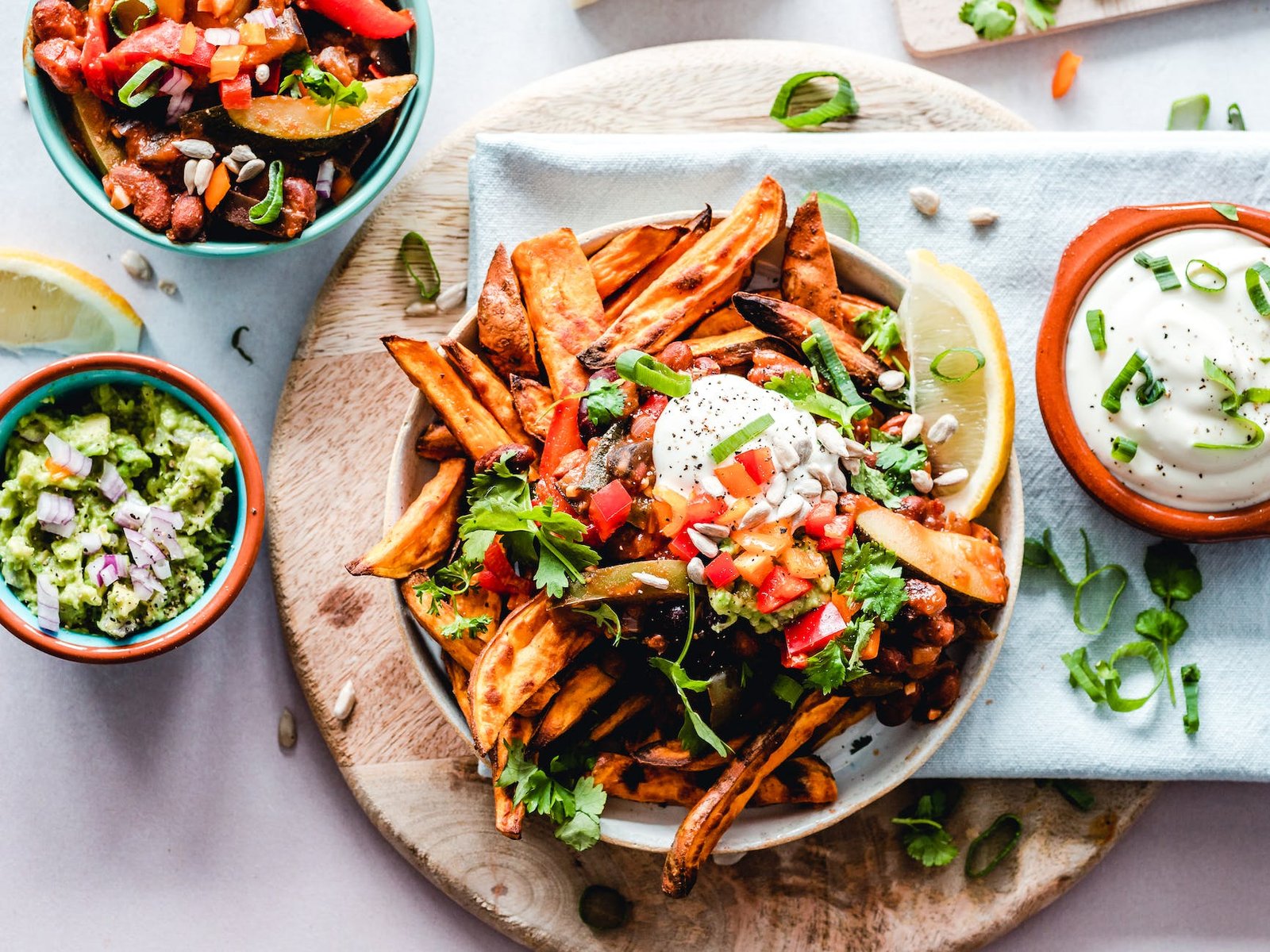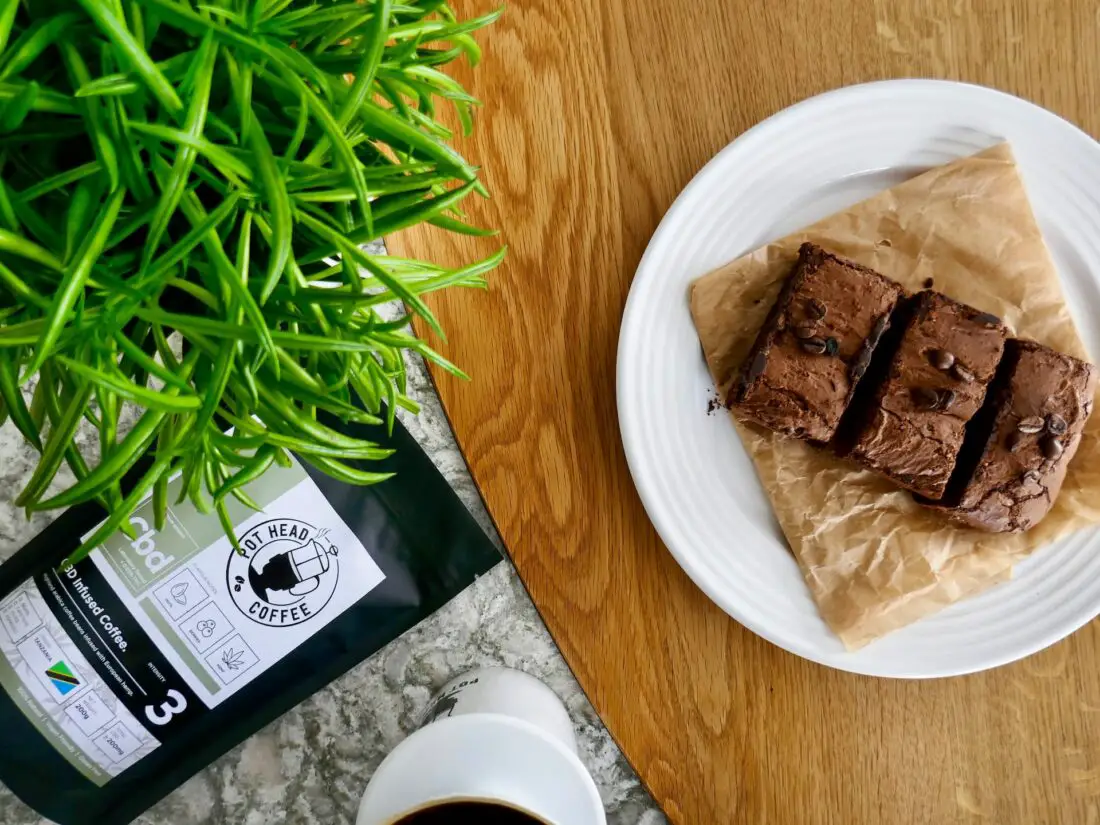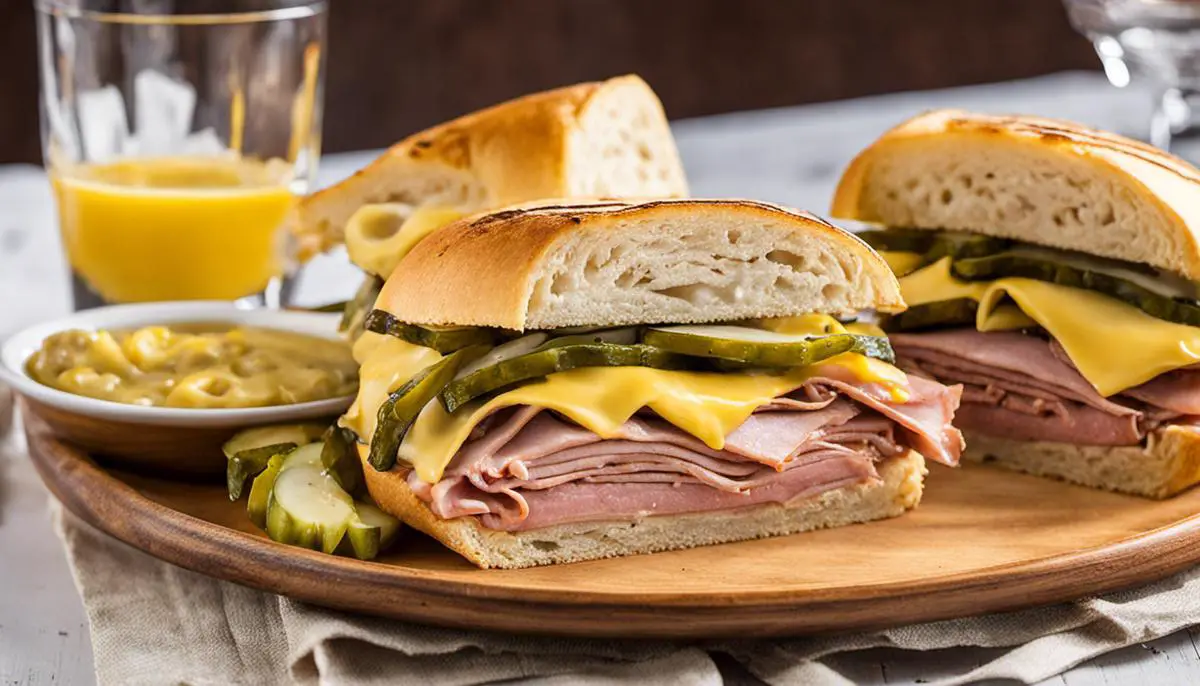In the journey of food experiences, veganism stands out as an intriguing, health-conscious, and ethical choice. It’s not just a dietary restriction but a lifestyle that hundreds of thousands worldwide live by. As people grow more conscious about their health and the planet, the popularity of veganism rises, making it a common theme for social gatherings. Hosting a vegan dinner party involves understanding the principles of veganism, crafting a diverse and exciting menu, mastering vegan cooking techniques, and creating an elegant and inviting vegan-themed environment. Let’s delve into the enticing world of vegan dinner party hosting and explore each aspect that contributes to a successful gathering.
Table of Contents
Understanding Veganism

Understanding Veganism: More Than a Diet
Veganism is more than just a diet; it’s a lifestyle that actively seeks to avoid harm and exploit to animals. This principle not only impacts food choices, but influences the purchase of clothing, cosmetics, and household items as well. However, for a vegan dinner party, the primary focus will be on adhering strictly to vegan dietary habits.
Recognizing Vegan Foods: It’s All in The Ingredients
For your vegan dinner party, every dish you prepare must be void of any animal products. This encompasses not only meat and seafood, but also dairy products, eggs, honey, gelatin, and certain food colorings derived from insects. Fortunately, there is a plethora of vegan-friendly food options available, with fruits, vegetables, grains, legumes, beans, seeds, and nuts all taking center stage.
Preparing Vegan Cuisine: Delicious and Diverse
Vegan cuisine is not limited to salads and raw vegetables. Rather, it spans a range of mouth-watering dishes inspired by cuisines from around the world. For example, you can prepare hearty dishes like tofu stir-fries, vegetable curries, vegan lasagna, and chickpea burgers. Include various side dishes such as vegan-friendly bread, vegan cheese, spreads, and a variety of salads.
Desserts and Beverages: Sweet and Satisfying
When it comes to dessert, there are many vegan options available. Common favorites include fruit salads, vegan cakes and cookies made with plant-based milk and egg substitutes, sorbets, and vegan ice cream. Remember to check the ingredient lists of any store-bought items to ensure they comply with vegan diets. For beverages, you should be aware that some alcoholic drinks are not vegan-friendly due to the refining process. Provide options such as fresh-pressed juices, homemade lemonade and a selection of vegan wines or beers.
Planning and Hosting: An Experience to Remember
Ensure every detail of your dinner party aligns with vegan principles. When designing invitations, use eco-friendly materials or opt for digital versions. Set the table using sustainably sourced dishware, napkins, and decorations that adhere to vegan principles. Finally, as you welcome your guests, share with them the vegan reasoning behind your meal choices. A vegan dinner party should not only tantalize their taste buds but also educate them about the vegan philosophy.
Developing a Vegan Menu

Planning for a Vegan Dinner Party
The first step in hosting a vegan dinner party is to plan your menu. A well-rounded meal typically includes appetizers, a main course, dessert, and drinks. Consider different tastes, dietary restrictions, and preferences among your guests. For a diverse menu, aim for a mixture of colors, textures, and flavors for each meal element. Be sure to include protein-rich dishes to satisfy hunger, and satisfying and varied carbohydrates for a filling meal.
Choosing Vegan Appetizers
Start the meal on a bright note with colorful vegan appetizers. Opt for dishes that are easy to prepare, full of flavor, and visually appealing. Simple examples include bruschetta, spiced roasted chickpeas, stuffed mushrooms, or vegan sushi rolls. A bright and crunchy vegetable platter served with a variety of vegan dips, such as hummus, guacamole or vegan cashew cheese, can also be a hit.
Selecting Main Courses
The main course should be the standout of the meal. Options like a hearty vegetable lasagna, stuffed bell peppers, lentil Bolognese, or a flavorful curry can fill this role perfectly. You can also consider a grain-based dish, like a colorful quinoa salad or a vegan stir-fry. Just be sure that any grains or pastas used are indeed vegan – some may include hidden ingredients like egg.
Creating Desserts and Drinks
When planning vegan desserts, think along the lines of fruit pies using vegetable shortening for the crust or cookies using applesauce instead of eggs. Chocolate lava cake, made with vegan chocolate, and creamy vegan cheesecake can be a delightful end to the meal.
Drinks can include a selection of herb teas, homemade vegan hot chocolate, and a selection of wines. Be aware that not all wines are vegan, some are clarified using animal-based products, so check the labels or do a little research beforehand.
Preparing and Presenting Food
As you prepare your menu, remember to taste as you go, adjusting seasonings and flavors to your preference. Vegan does not equate to bland – spices, herbs and seasonings are key in creating rich and satisfying flavors.
Finally, giving thought to presentation always enhances the dining experience. Make sure your food looks appealing; this could mean using colorful vegetables or garnishing the dishes. Use serving dishes that complement the food, and maintain a neat and attractive table setting. A beautifully set table contributes to the overall enjoyment of your vegan dinner party feast.
A beautifully set table contributes to the overall enjoyment of your vegan dinner party feast. Remember, hosting a vegan dinner party is about showcasing the variety and deliciousness of plant-based cooking, but also about enjoying the time spent with friends and family around the table.
Vegan Cooking Techniques

Understanding the Vegan Diet
A vegan diet avoids animal products, including meat, dairy, eggs, and honey. It focuses on plant-based foods like fruits, vegetables, grains, legumes, nuts, and seeds. To maintain a balanced nutrition profile, variety is crucial. Certain nutrients, including Vitamin B12, Omega-3 fatty acids, Iron, and Calcium, are typically found in animal products and thus must be supplemented or sourced carefully from plant-based foods in a vegan diet.
Essentials of Vegan Cooking
Vegan cooking doesn’t have to be complex. The key is to understand the plant-based substitutes for commonly used non-vegan ingredients.
- Protein: Choices abound for vegan protein sources, from lentils, chickpeas, tofu, tempeh, to seitan. They are versatile and can be incorporated into a variety of dishes.
- Dairy: Plant milks such as soy milk, almond milk, oat milk, and cashew milk are commonplace substitutes for cow’s milk. Vegan cheese, made from a variety of plant foods including nuts, soy, and root vegetables, can be used in place of regular cheese.
- Eggs: For baking, applesauce, mashed bananas, flax seeds or chia seeds mixed with water can replace eggs. For dishes where the egg is the main ingredient like omelettes, try tofu. It can be seasoned and scrambled to mimic the taste and texture of eggs.
- Butter: Vegan margarine or oils like olive oil and coconut oil can easily sub in for butter. Avocado is another great substitute in baking.
Adding Flavor to Vegan Dishes
Flavor is equally important in vegan cooking. Amplifying you meals with herbs, spices, sauces, and condiments enhances the natural taste of plant-based foods.
- Herbs and Spices: Fresh and dried herbs, spices, chilies, garlic, and onions are wonderful flavor enhancers. Don’t be afraid to try different combinations to get the taste you enjoy.
- Umami: The savory taste, or umami, can be achieved using soy sauce, nutritional yeast, miso paste, or mushrooms.
- Acid: Lemon juice, vinegars, and certain fruits can bring brightness to a dish, balancing the flavors beautifully.
Planning a Vegan Dinner Party
When hosting a vegan dinner party, ensure variety not only in flavor but also in nutritional content. Start with a hearty salad, followed by a protein-rich main course, and finish with a delectable vegan dessert.
- Entrée: Make a colorful, nutrient-rich salad. The more colors you can include, the wider the range of vitamins and minerals you’ll serve.
- Main Course: Choose a protein-centric dish supplemented with flavorsome sides like roasted veggies, quinoa, or a flavorful vegan risotto.
- Dessert: The options are infinite for vegan desserts. A fruit salad drizzled with a touch of maple syrup, vegan cupcakes, or a rich dark chocolate avocado mousse can be happy endings to the dinner feast.
Vegan Table Setting and Decoration

As a philosophy, veganism extends beyond dietary preferences. For those adhering to this lifestyle, it is essential to avoid any form of animal cruelty or exploitation. This often includes abstaining from the use of animal-derived products, including in decor. Thus, table settings and home decor for a vegan dinner party should be strategically picked to reinforce this philosophy.
Your tableware should complement your vegan ethos. Select plates, bowls, and cutlery made from cruelty-free and environmentally-friendly materials. Options can include items made from recycled glass, bamboo, or sustainably grown wood. Be sure to double-check the glazes and dyes of ceramics for any animal-derived components.
For the tablecloth and napkins, opt for organic cotton or linen rather than silk or wool, which are animal-derived. Cloth napkins can also add a touch of sophistication to the table.
The decorations for a vegan dinner party should ideally be minimal and sustainable, reflecting the eco-conscious nature of veganism. Rather than purchasing new decorations, consider repurposing items you already have or selecting second-hand items. String lights, candles made of soy or plant-based wax, and artisan pottery can add warmth and charm to your space.
Avoid using real feathers, fur, and certain types of wool when considering the upholstery of any furniture. Instead, choose vegan-friendly materials like cotton, jute or hemp.
Bringing in plants and cruelty-free, sustainable flowers as centerpieces or accents can reinforce the vegan theme. Mossy twigs, succulents, and a plethora of colorful fruits can serve as attractive centerpieces.
Vegans often favor natural, earthy elements. Sticking to a color palette inspired by nature can help create an inviting atmosphere. Soft, soothing hues like cream, sage, and taupe, accented with pops of brighter colors drawn from fruits and vegetables, can work well if tastefully executed.
A thoughtfully lit space can create a warm, intimate atmosphere. If your gathering is during the evening, opt for soft, warm lighting. Strategically place plant-based wax candles around your home, being mindful of safety. Solar-powered fairy lights are another vegan and environmentally friendly option that can add sparkle to your space.
Ultimately, hosting a vegan dinner party encourages adhering to principles of sustainable, cruelty-free living. It’s about combining style with compassion, creating an ambiance where guests feel welcome, comfortable, and engaged with the vegan theme.
Final Thoughts on Hosting A Vegan Dinner Party

You are now well-equipped to host a successful vegan dinner party by assimilating the knowledge discussed. The magic resides not just in the food but also in the overall experience. Understanding veganism’s core principles, creating an exciting and diverse menu, mastering vegan cooking techniques, and setting a vegan-themed table will make your event memorable. These endeavors cultivate not only delightful flavors but also create a space where everyone can appreciate the beauty of veganism. As you embark on this culinary adventure, remember it’s about more than just the food—promoting sustainable and kinder habits in an atmosphere of fellowship and enjoyment.
Related Reading
Master Dinner Party Hosting – 14 Tips and Tricks




